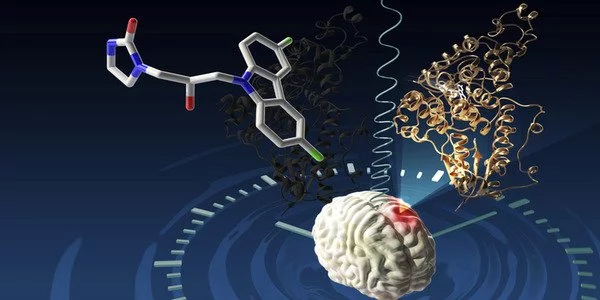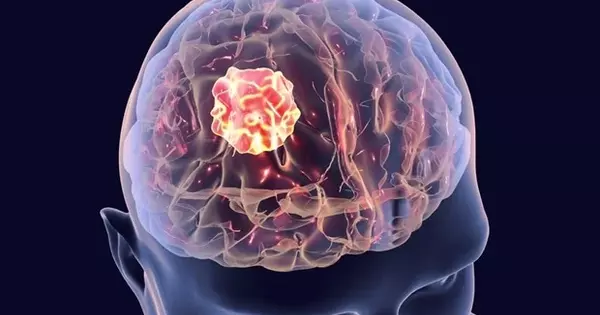The results of a recent clinical trial are being described by researchers as a breakthrough in glioblastoma treatment using a modified cold virus injected directly into the tumor. The authors observed a subset of patients who appeared to be living longer as a result of this therapy when combined with an immunotherapy drug.
Howard Colman, MD, Ph.D., Jon M. Huntsman Presidential Professor of Neuro-Oncology and co-leader of the Neurologic Cancers Disease Center and the Experimental Therapeutics CCSG program at Huntsman Cancer Institute, identified a potential breakthrough in glioblastoma treatment in a recently published manuscript.
Glioblastoma, or GBM, is a particularly aggressive form of brain cancer. This is the most common type of cancerous brain tumor in adults, according to Colman. Radiation and chemotherapy are common treatments. Unfortunately, standard GBM tumors are frequently resistant to these treatments and only respond for a few months. Tumors frequently recur and spread due to the aggressive nature of this cancer.
When patients have a recurrence of GBM and are put on a new drug, the tumor usually only stays in check for one to two months. We are always looking for better treatments and conducting clinical trials to try and identify new ways to help our GBM patients.
Howard Colman
“When patients have a recurrence of GBM and are put on a new drug, the tumor usually only stays in check for one to two months,” says Colman. “We are always looking for better treatments and conducting clinical trials to try and identify new ways to help our GBM patients.”
This phase 2 clinical trial is currently testing two experimental agents for glioblastoma: a novel viral therapy and an immune-stimulating drug. This type of immunotherapy, known as a checkpoint inhibitor, prevents cancer cells from producing proteins that allow them to hide from the patient’s immune system. While immunotherapy, which uses a patient’s immune system to help fight cancer growth, has been successful in other cancer types, these drugs have not been shown to be effective in GBM treatment when used alone. This is where viral therapy comes into play.
Researchers developed a treatment that specifically attacks tumor cells while leaving normal cells alone, using a modified virus that is normally responsible for minor infections and the common cold.

Clinicians inject the virus directly into the patient’s tumor, and the patient receives the checkpoint inhibitor called pembrolizumab through an IV on a recurring schedule.
“The idea here is that the virus kills some of the tumor cells and the dying tumor cells then help turn on the patient’s immune system,” says Colman. “We then give the patient a checkpoint inhibitor, which further activates the immune system’s response against the tumor. This is potentially a significant advance, as GBM does not typically respond to immunotherapy.”
During the first phase, researchers concentrated on determining the appropriate dose and assessing the safety of both agents. In phase 2, they looked at the percentage of patients who saw an improvement in tumor size, a delay in tumor progression, and overall survival.
Around 10% of the patients in this trial had tumor shrinkage, with two tumors showing complete response. Patients who shrank appeared to have delayed tumor growth and lived significantly longer than expected.
“While this treatment appeared to help only a subset of patients in this trial, the hope is that we’ll be able to significantly improve survival for some GBM patients while also working to find other effective therapies for patients where this combination does not work,” Colman says.
This is a full circle moment for Colman, who worked on the early stages of virus modification at MD Anderson from 2002 to 2010. The Huntsman Cancer Institute enrolled a large number of patients for this trial and intends to continue working on the future development of this combination therapy for GBM, as well as a number of other experimental treatments currently in clinical trials.
















